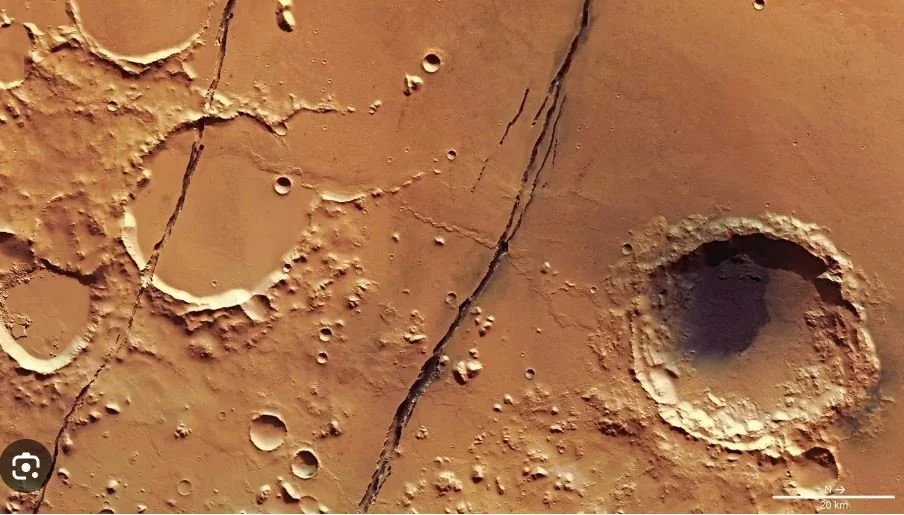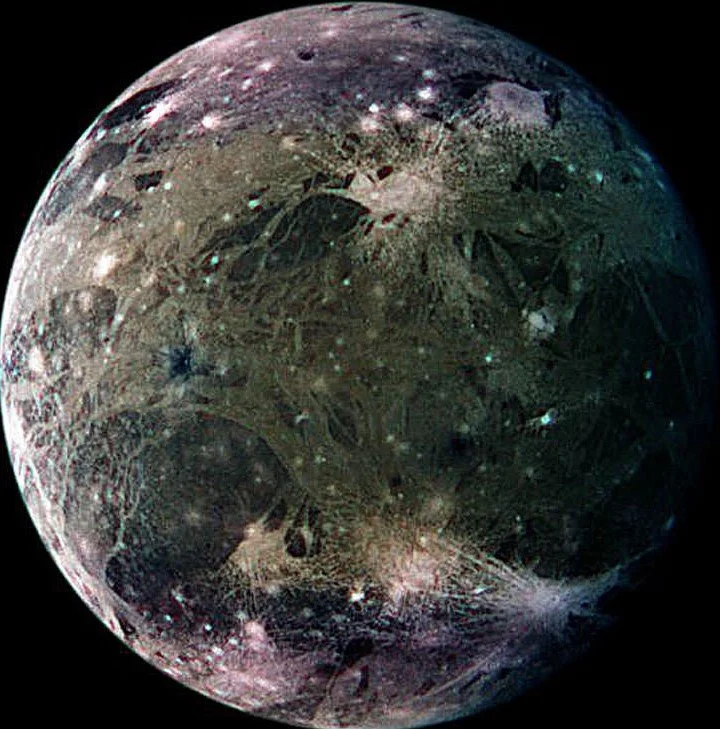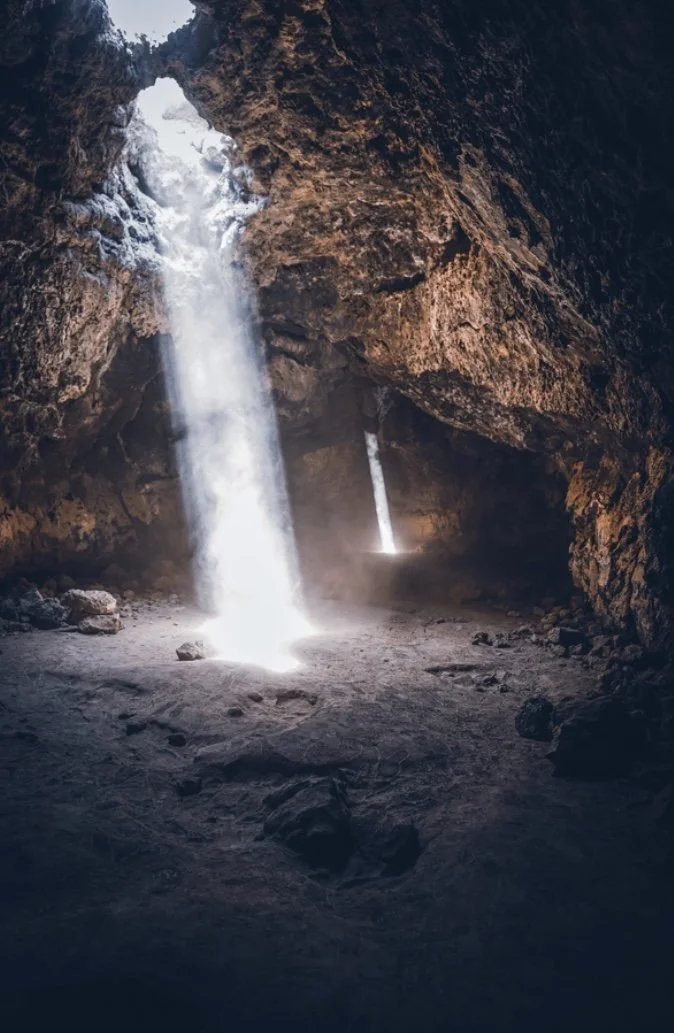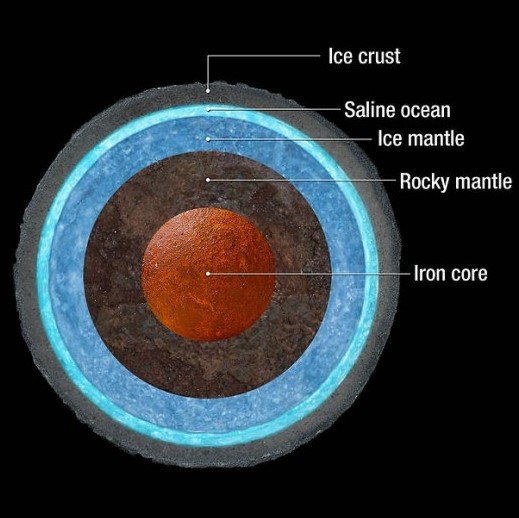
Middle and High School Student Space Science Research Projects
I love working with academically motivated upper middle and high school students on space science projects. I am constantly amazed by the ability of curious young students to produce high-quality scientific work.
-

Re-interpretation of Gravity Anomalies on Ganymede
T. Hoogenboom with K. Panagrahi (Stanford OHS) and C. Walker (WHOI)
-

Centaur Comets: Nucleus Observations and Modelling
Y. Fernandez (University of Central Florida), M. Buie (Lowell Observatory) and R. Marschall (Observatoire de la Côte d’Azur) and T. Hoogenboom.
Centaur comets are small bodies that orbit our Sun between Jupiter and Neptune and cross the orbits of one or more of the giant planets. This project is destined to be a chapter in the upcoming Centaurs Comets book that Kat Volk (Planetary Science Institute), Maria Womack (National Science Foundation) and Jordan Steckloff (Planetary Science Institute) are editing.
-

Phosphine detection in the Earth's Atmosphere
T. Hoogenboom with Astra Nova Students Liam W, Malak E-T, Saryu B, Mika N, Leland W, Amalia B, Nova H, and Thaman V.
The detection of Phosphine (PH3) gas in the atmosphere of Venus by (Greaves et al, 2020), started intense speculation amongst scientists about whether PH3 gas could be produced by anaerobic bacterial life on Venus as it does on Earth. While this discovery has been contentious in the scientific community, it alerted our team to the lack of research on PH3 in the stratosphere of Earth. Our experiment aims to improve this lack of data.
-

Artificial Intelligence (AI) Detection of Caves on Mars
T. Hoogenboom, G. Cushing (USGS), A. Khuller (JPL) and Astra Nova Students
-

Depth Estimates for Ganymede's Sub-Surface Ocean
T. Hoogenboom and student
I am also working on improving our understanding of Ganymede’s interior by applying potential field data techniques (primarily used for resource exploration on Earth) to estimate the depth of Ganymedes sub-surface ocean/s.
-

Secondary Cratering in the Solar System
T. Hoogenboom, P. Schenk (LPI) and K. Johnson
Secondary craters are impact craters formed by the ejecta that was thrown out of a larger crater. They sometimes form radial crater chains. In addition, secondary craters are often seen as clusters or rays surrounding primary craters. The study of secondary craters exploded around the mid-twentieth century when researchers studying surface craters to predict the age of planetary bodies realized that secondary craters contaminated the crater statistics of a body's crater count.
-

Grabens on Io: Evidence for extensional tectonics
T. Hoogenboom, P. Schenk (LPI) and O. White (SETI)
Io may well be the most geologically active body in our solar system. A variety of volcanic features have been identified, including a few fissure eruptions, but tectonism is generally assumed to be limited to compression driven mountain formation. A wide range of structural features can also be identified including scarps, lineaments, faults, and circular depressions (pits and patera rims). Narrow curvilinear graben (elongated, relatively depressed crustal unit or block that is bounded by faults on its sides) are also scattered across Io’s volcanic plains. These features are dwarfed by the more prominent neighboring volcanoes and mountains, and have been largely ignored in the literature. Although they are likely to be extensional in origin, their relationship to local or global stress fields is unknown. We have mapped the locations, length and width of graben on Io using all available Voyager and Galileo images with a resolution better than 5 km.